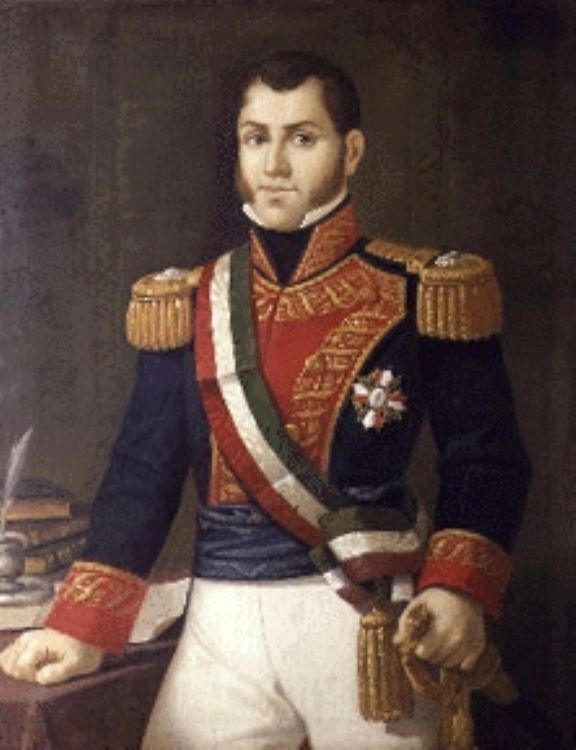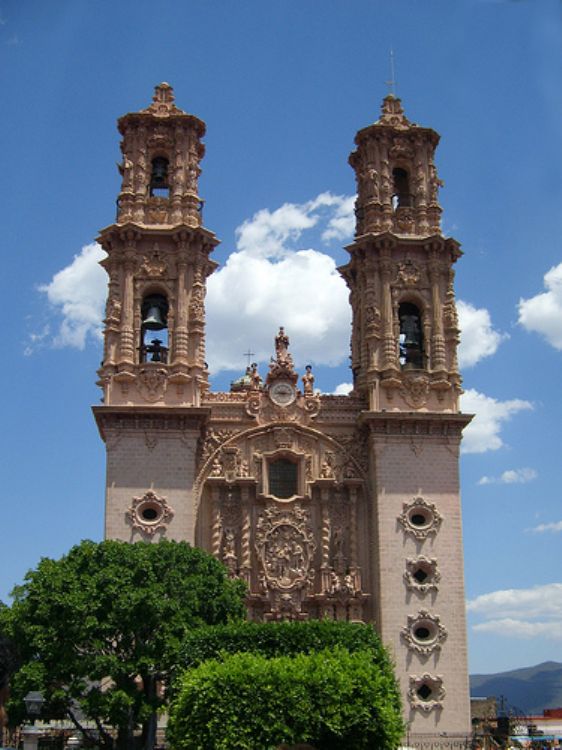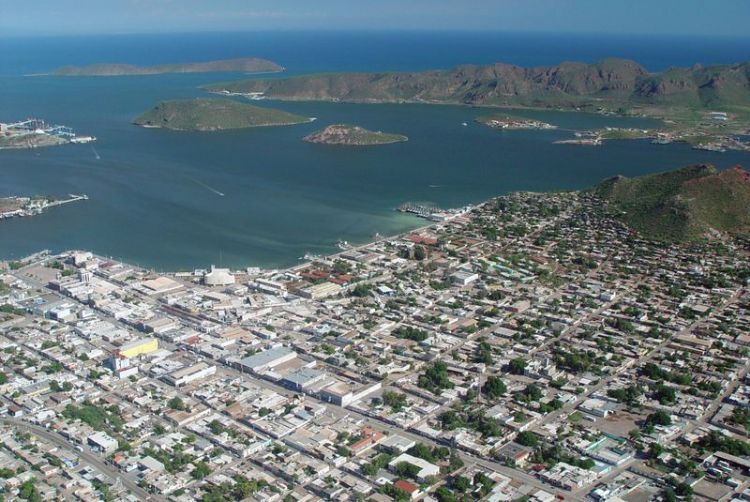Mexico's Main Power Plants

Traditionally, the Comisión Federal de electricidad has been the state enterprise responsible for generation, transmission, distribution and sale of electricity in the country. It currently serves to 39.5 million people, of which nearly 88% belong to the domestic sector. However, little is known about where the everyday energy that allows to realize the activities of individuals, businesses and government comes.
The generation capacity comes from 215 power generating plants, equivalent to 54.374 MW (Megawatts), including those independent producers who are authorized by law to generate it.The clients whom electric power is supplied are divided by the activity they realize, then 0.52% goes to the service sector, 9.8% commercial, 0.79% for industrial activity, 0.35% Agricultural and the most important use is domestic, with 88.51% of users. In addition, demand increases by 1.1 million applicants each year.
<
The installed capacity is integrated with all forms of generation; thermoelectric representing 55.60% of generation, while hydro 30.4%, followed by coal-fired power generating 7.2% of the total electricity in the country, while nuclear power contribute 3.8%, with less capacity are the geothermal with 2.6% of total generation and Eoloeléctricas with only 0.2%. A special case is the independent producers who produce a high percentage compared with other forms of generation, as they provide 23% of installed capacity, according to the CFE. The most notorious case is precisely that of Walmart, who with a wind farm in the state of Oaxaca provides electricity to all its stores.
Power generation comes from several sources, the first one and the oldest here are the hydroelectric plants, among the most important, talking about its generation capacity are the Chicoasén in Chiapas, the Manuel Moreno Torres plant which generates 2,400 MW, the Malpaso plant in Tecpatán, Chiapas, El Infiernillo in La Union, Guerrero, where 1,040 MW are produced, followed by Aguamilpa, in Tepic, Nayarit, which is capable of generating 960 MW. The system also has other plants as the Hydroelectric Belisario Dominguez, the Angostura on Chiapas that generates 900 MW; the hydroelectric Leonardo Rodriguez Alcaine, known as "El Cajon", that currently produces 750 MW from Santa Maria del Oro in Nayarit. Another plant of great importance is located in Choix, in Sonora named Luis Donaldo Colosio, also known as Huites, which generates at full capacity 422 MW.
On the other hand, the most important thermoelectric plants are the Tuxpan one in Veracruz, this has generating capacity of 2,200 MW of electric power; the pant of Tula Hidalgo, produces 1546 MW, followed by Manzanillo, with 1,200 MW.
Thermoelectric plants have less presence in the national grid, but there are three units in Cerro Prieto in Mexicali, Baja California, producing 220 MW and 180 MW, respectively. Coal-fired power plants are just two, and are located in Nava, Coahuila, each of which generates 1,200 to 1,400 MW. There is only one Nuclear power plant at Mexico, the Laguna Verde in Alto Lucero, Veracruz, and which itself generates 1,400 MW.
For several years, the Federal government has emphasized the need to converge towards alternative energy, such as wind. As a proof of working on this goal, in 1982 was installed wind power plant Guerrero Negro en Mulege, Baja California Sur and in 1994 La venta in Juchitan, Oaxaca, although there is big difference between these two, because the first is a very low limit production, while the second produces only 85 MW. There are other forms of generation such as combined cycle and other diesel generating electricity which are much smaller in production than the previously mentioned.
Under the framework of the laws passed in 2014, the CFE now has to face the entry of competitors who want to produce and sell energy. Although at the beginning of 2016 no contracts have been given to other companies, some like the Spanish Iberdrola and the South Korean KEPCO had expressed interest in covering part of the public demand and initiate operations in Mexico.
However, we can not doubt that the great infrastructure installed throughout the life of the Comision Federal de electricidad, capability that allows it to support the economic activity in the country, it should be a pride for Mexicans the engineering achievements that this institution has done.
Artículo Producido por el Equipo Editorial Explorando México.
Copyright Explorando México, Todos los Derechos Reservados.
Foto: Cfe.Gob.Mx






